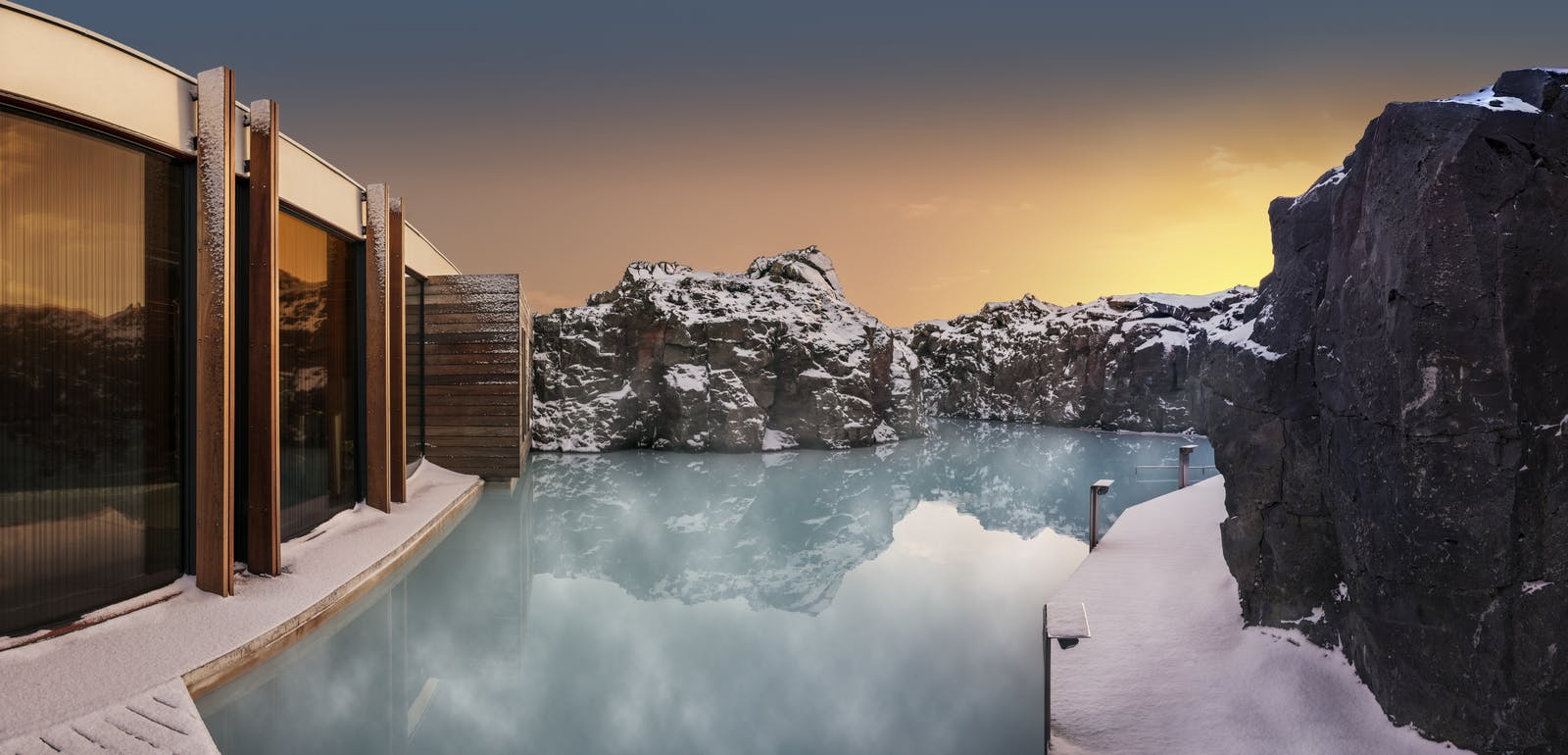
The History Behind Iceland’s Blue Lagoon
The Blue Lagoon conjures up images of tranquil, milky-blue waters surrounded by black volcanic rocks and swirling geothermal steam. It's a must-see destination for nearly every traveller heading to Iceland—but have you ever wondered how it became so famous? Well, it wasn’t always the luxurious, Instagram-worthy destination we know today.
The Blue Lagoon's history is a story of chance, science, and innovation. So, before you pack your swimsuit and head to this legendary spot, let’s examine how it became one of the most famous geothermal spas in the world.
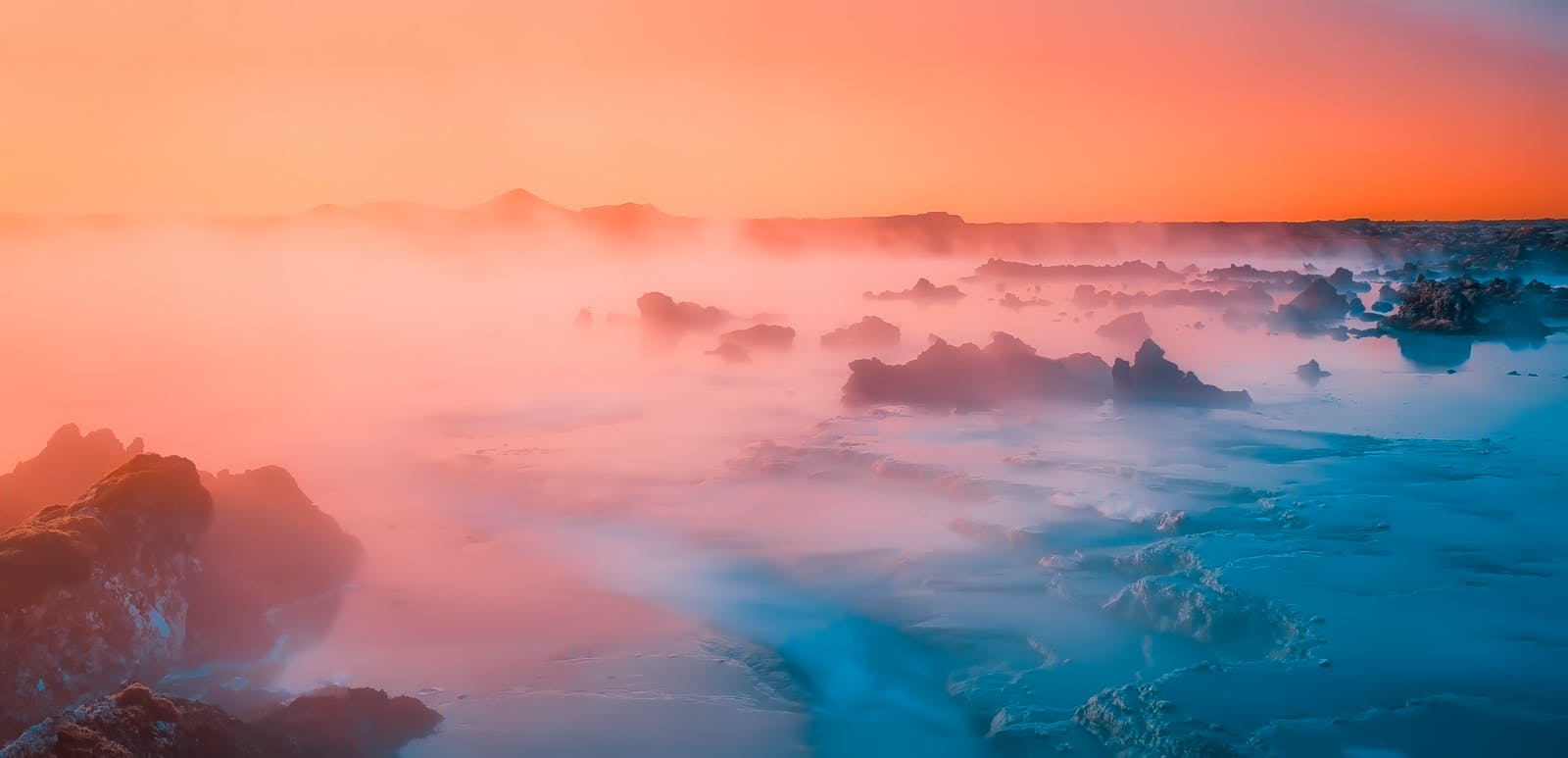
From Power Plant Runoff to Healing Waters
Believe it or not, the Blue Lagoon wasn’t intentionally created as a spa or tourist destination. It all started in 1976 with the construction of the Svartsengi Geothermal Power Plant. Iceland’s unique location on the Mid-Atlantic Ridge means the country is bursting with geothermal energy, and Svartsengi was designed to harness that power for electricity and hot water.
As part of its operation, the power plant pumped excess geothermal seawater into a nearby lava field. At first, no one thought much of it—until the water began pooling in the jagged rock formations, creating the striking blue-coloured lagoon we see today. The water’s soft milky hue comes from its high concentration of silica, which reflects sunlight in a unique way.
For years, local Icelanders were curious about the lagoon. Some even began bathing in it despite scepticism about its safety. The real breakthrough came when people with psoriasis and other skin conditions noticed that soaking in the water seemed to improve their symptoms. What started as a quirky byproduct of a power plant quickly became known as a natural healing wonder.
Today, the lagoon is world-renowned for its rejuvenating effects, and many visitors seek out the benefits of Blue Lagoon healing during their stay.
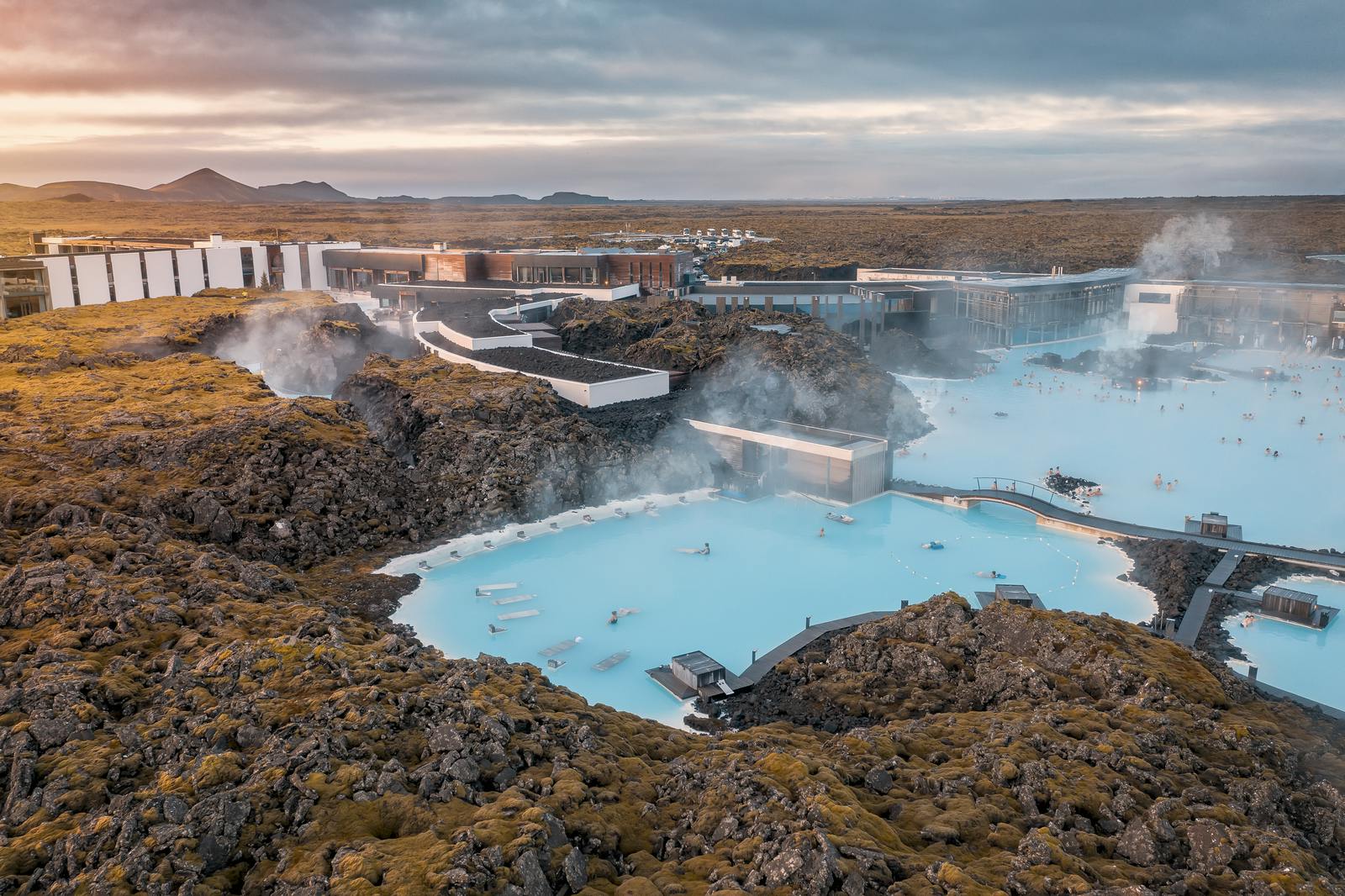
The Birth of the Blue Lagoon
In 1981, a man named Valur Margeirsson took a dip in the lagoon to soothe his psoriasis and shared his remarkable results with others. Typical of Iceland, word spread fast, and more people began travelling to the site for its therapeutic benefits. By the mid-1980s, scientists confirmed the lagoon’s water contained high levels of silica, algae, and minerals—a trifecta of skin-boosting properties.
Recognising its potential, the first official bathing facility was opened in 1987. Although modest compared to today’s modern spa, it marked the beginning of the Blue Lagoon as a tourist attraction. Over the years, the lagoon expanded its facilities, transforming it into an internationally renowned wellness retreat.
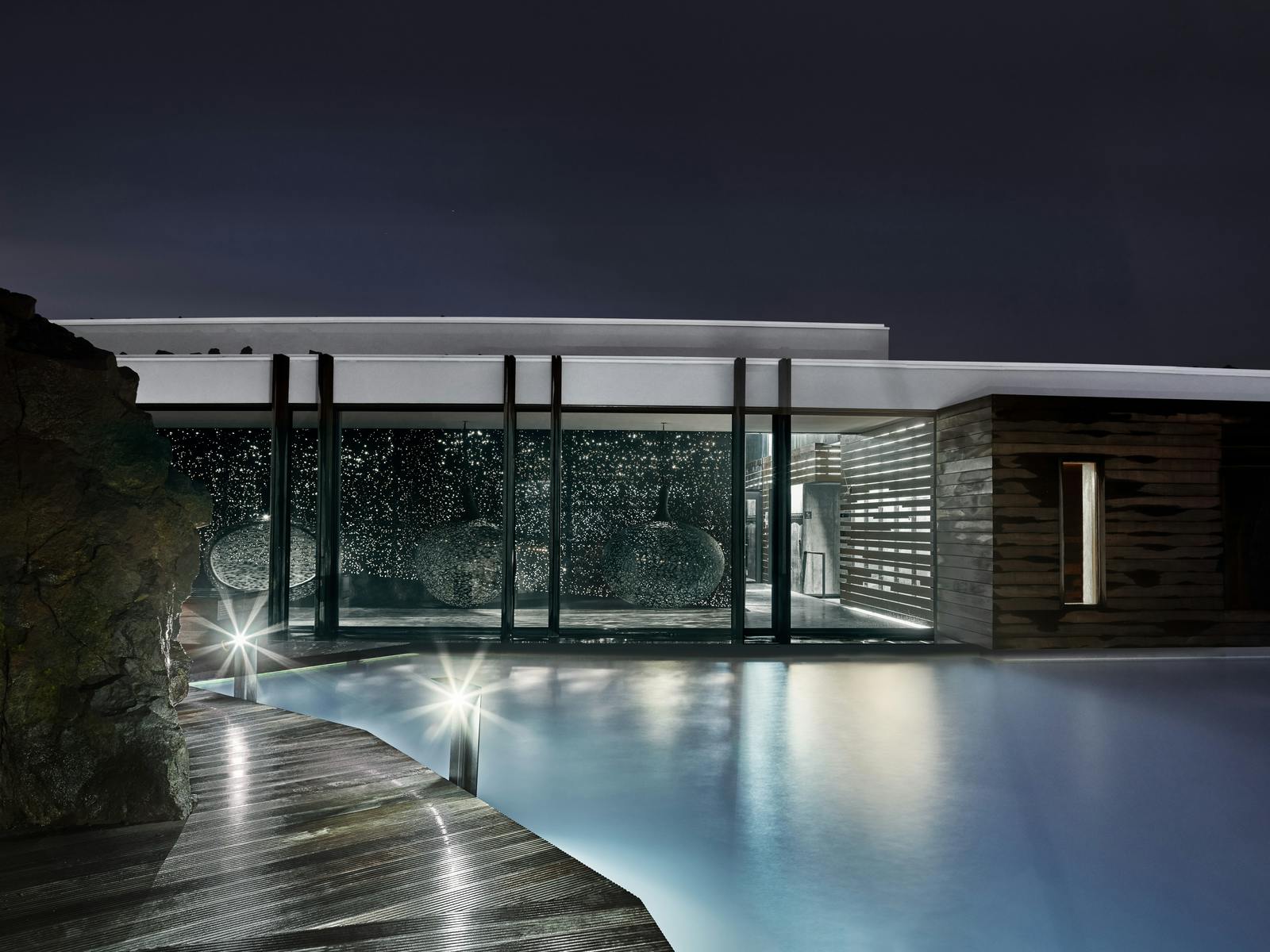
Fun fact: The Blue Lagoon’s geothermal water is not only beautiful but also sustainable! It is self-renewing, replenishing itself every 48 hours through geothermal cycles. This eco-friendly aspect adds another layer to its appeal.
Modern-Day Blue Lagoon
Fast forward to the present, and the Blue Lagoon is now one of Iceland’s most visited destinations, drawing hundreds of thousands of guests annually. Located on the Reykjanes Peninsula, it’s just a short 45-minute drive from Reykjavík, making it an easy stop for travellers exploring Iceland for the first time.
The facilities have grown significantly since the early days. Today, the Blue Lagoon boasts modern amenities like the Retreat Hotel, a luxury accommodation option offering private lagoon access. Additionally, its spa facilities feature in-water massages, silica mud masks, and the famous Blue Lagoon Ritual.
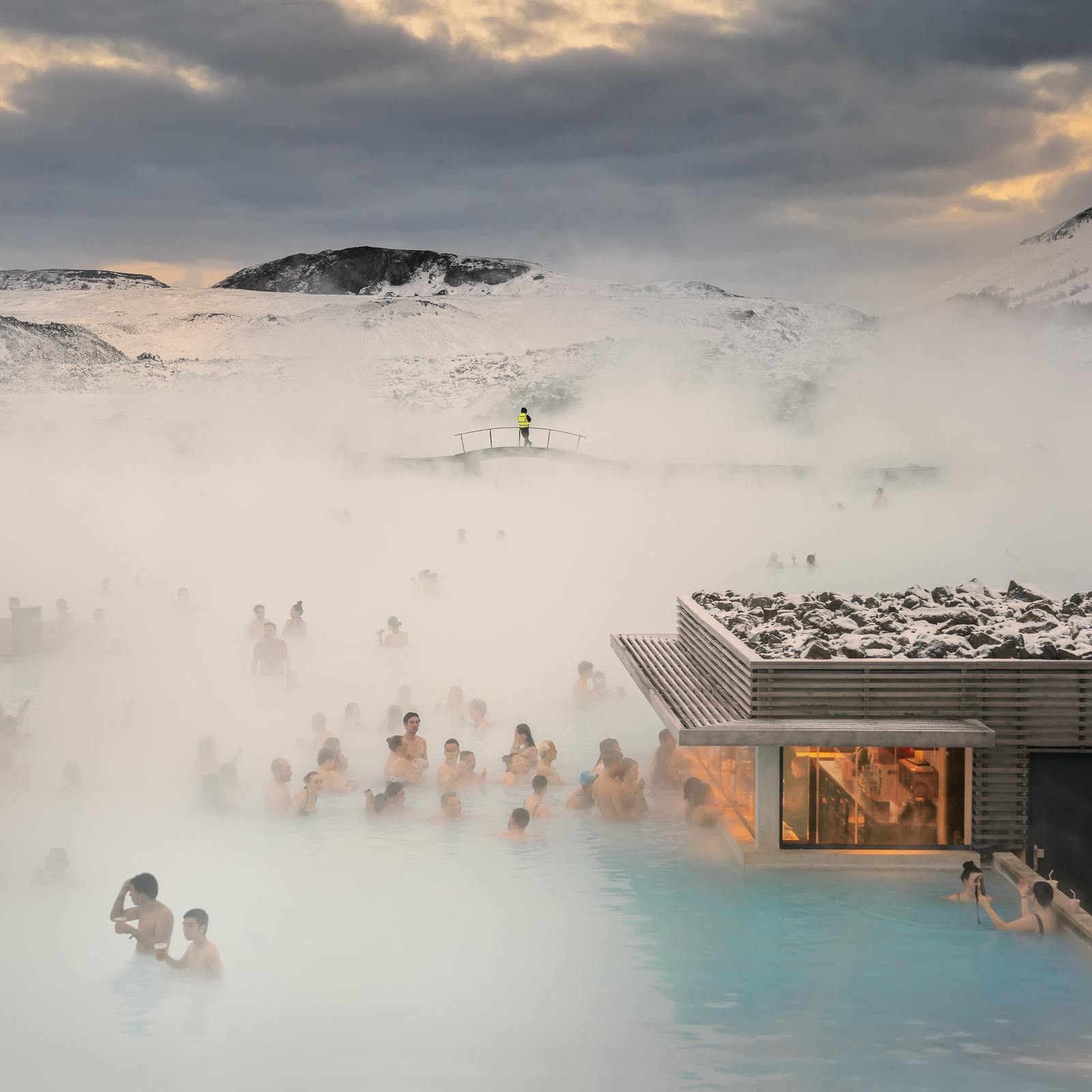
Despite transforming into a world-class spa, the Blue Lagoon has never lost its connection to its geothermal and volcanic origins. The Svartsengi Power Plant is still operating next door surrounded by recent lava flows, and visitors can marvel at how this unlikely pairing of science and nature created one of Iceland’s most famous attractions.
Pair Your Visit with Perlan in Reykjavík
If the Blue Lagoon gives you a firsthand experience of Iceland’s geothermal power, then Perlan in Reykjavík helps you understand the science and natural wonders behind it. Perlan, a fascinating museum and planetarium located in the capital, is the perfect complement to your Blue Lagoon visit.
At Perlan, you can learn about Iceland’s unique geology, including its volcanic activity, geothermal energy, and glaciers. The Wonders of Iceland exhibition features interactive displays explaining how geothermal forces shape the landscape—including how they fuel the waters you bathe in at the Blue Lagoon.
You can also walk through a man-made ice cave, watch a northern lights show in the planetarium, and enjoy panoramic views of Reykjavík from the observation deck. After soaking in the Blue Lagoon, visiting Perlan helps you connect the dots and appreciate Iceland’s incredible natural forces on a deeper level.
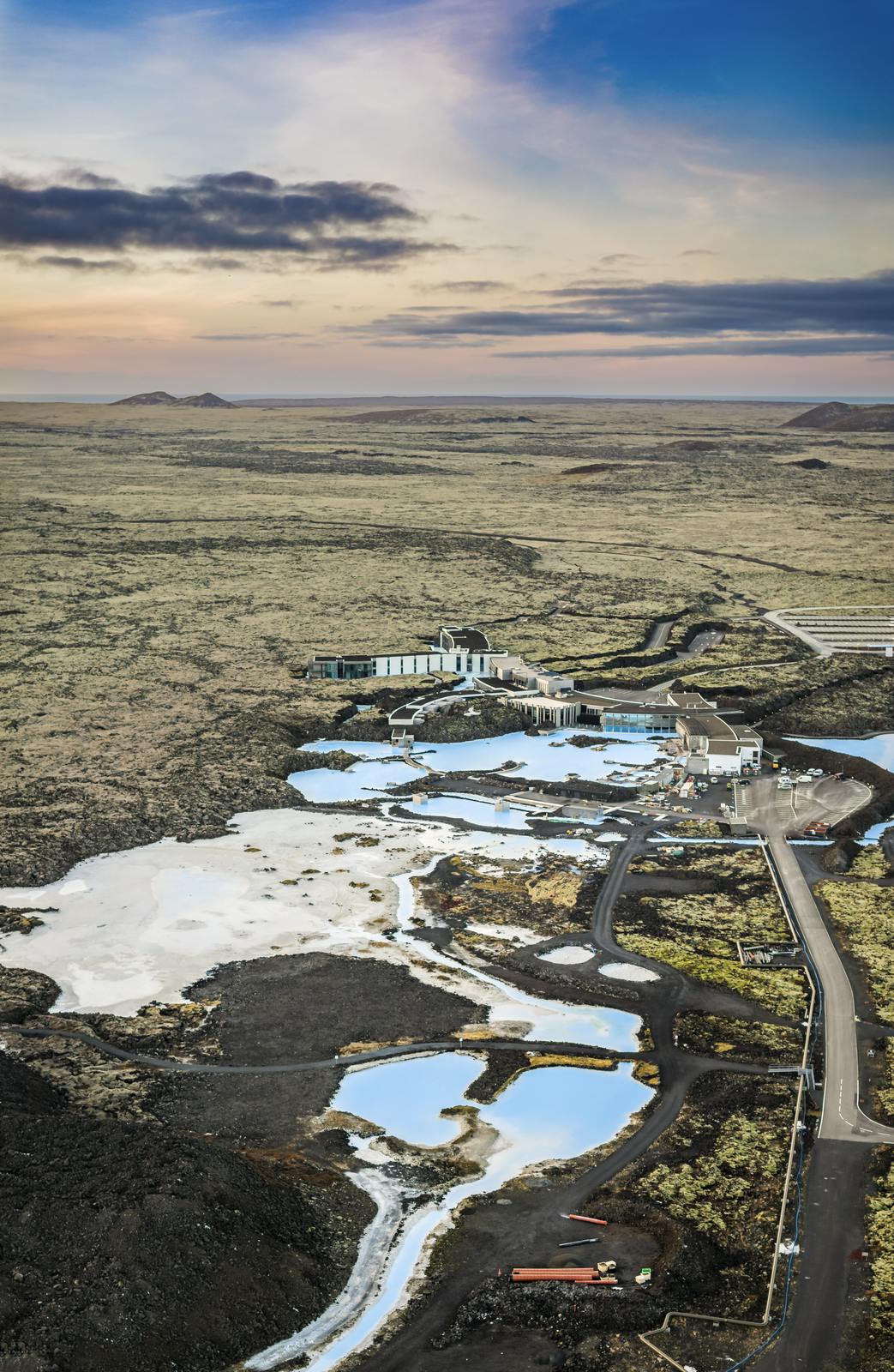
Fun Blue Lagoon Facts
- The water in the Blue Lagoon isn’t just seawater—it’s a mix of freshwater and saltwater drawn from a depth of over 2,000 meters.
- The lagoon’s iconic blue colour is due to silica particles that scatter sunlight.
- Icelanders call the Blue Lagoon “Bláa Lónið” its Icelandic name.
- You can’t catch diseases from the lagoon’s water—it’s continuously renewed and has high levels of natural antibacterial properties.
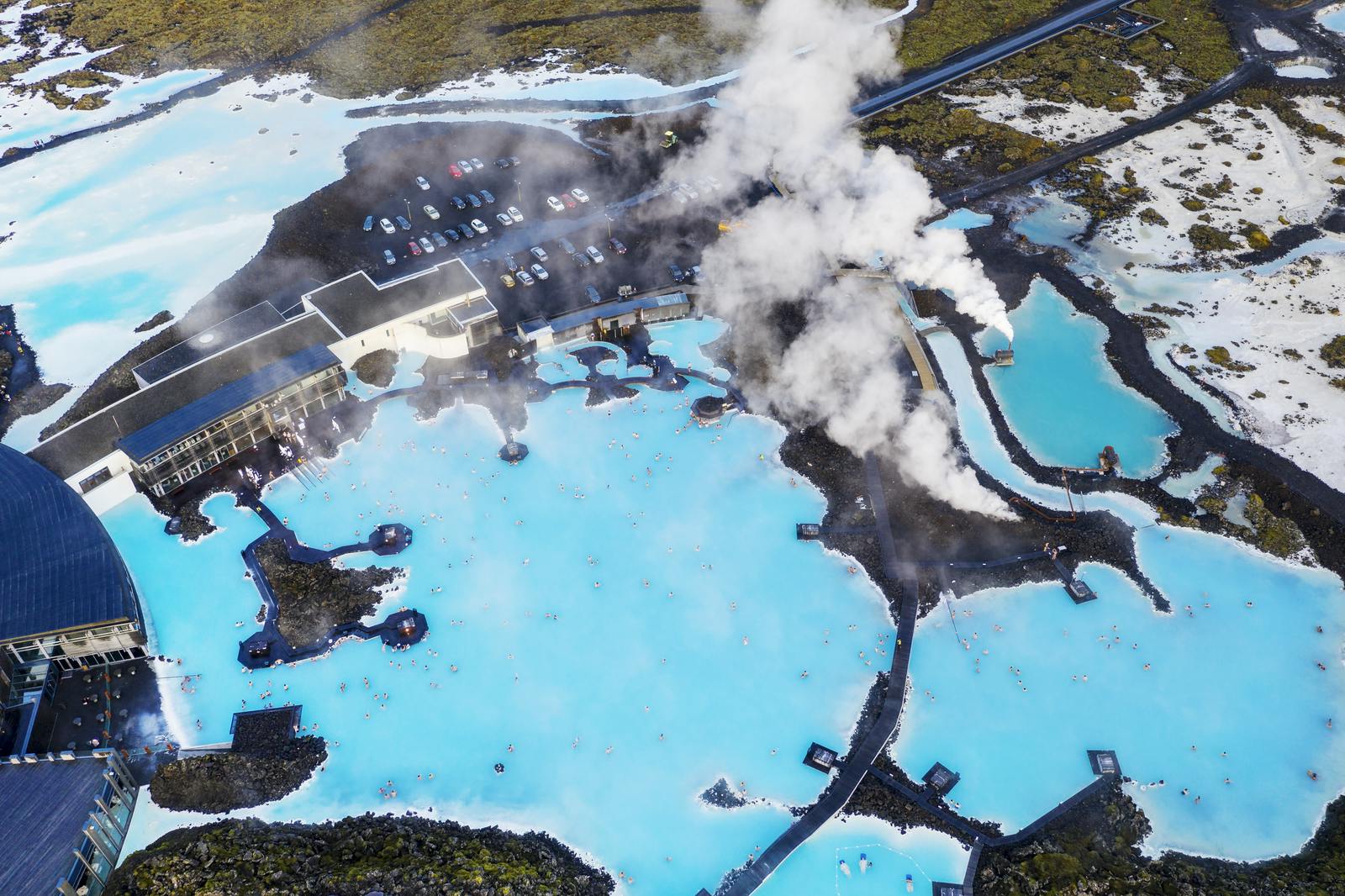
The Blue Lagoon is more than just a beautiful spot to snap photos—it’s where Iceland’s natural forces, innovative technology, and wellness culture come together. From its accidental origins as a byproduct of a geothermal power plant to its rise as a world-famous spa, the Blue Lagoon’s history is as extraordinary as the experience itself.
FAQ
Is the Blue Lagoon a natural hot spring?
The Blue Lagoon is man-made and formed from geothermal seawater runoff from the nearby Svartsengi Power Plant.
When was the Blue Lagoon officially opened?
The first official bathing facility at the Blue Lagoon opened in 1987.
How did the Blue Lagoon get its name?
The name comes from the lagoon’s vibrant, milky-blue colour caused by the water's silica.
What makes the water at the Blue Lagoon so special?
The water contains silica, algae, and minerals that are beneficial for the skin and have healing properties, especially for conditions like psoriasis.
Can you visit the Svartsengi Power Plant?
While the power plant isn’t open to the public, it’s visible from the Blue Lagoon, and you can learn about geothermal energy at Perlan in Reykjavík.
Is the Blue Lagoon sustainable?
The lagoon’s water is self-renewing, and the entire operation is powered by geothermal energy.
What’s the best way to combine a visit to the Blue Lagoon and Perlan?
Start your day relaxing at the Blue Lagoon, then head to Perlan in Reykjavík for interactive exhibits and panoramic views.







